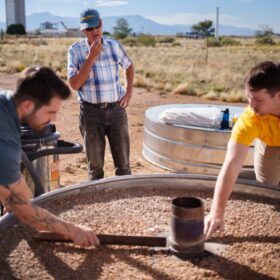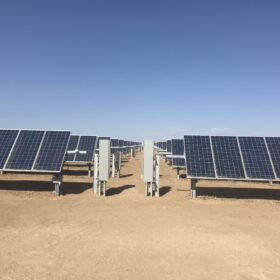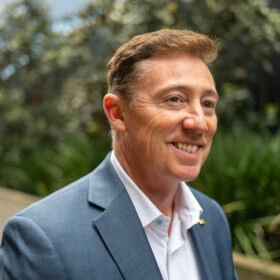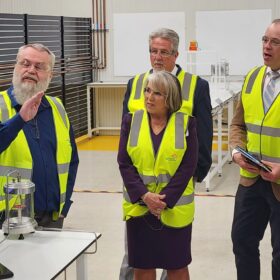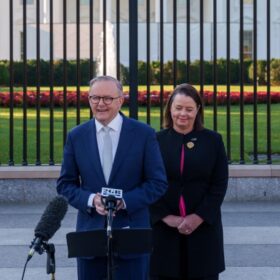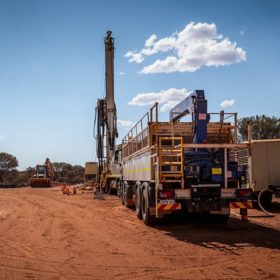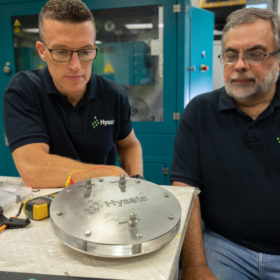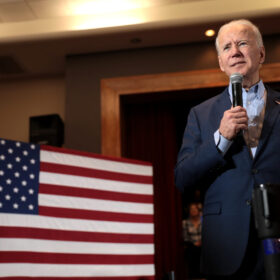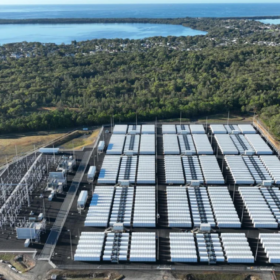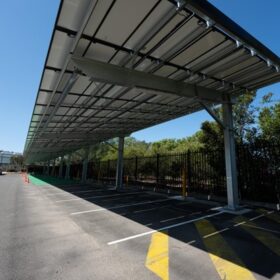Storing renewables with landscaping gravel
Sandia National Laboratories and CSolPower have started researching the use of landscaping gravel as a thermal energy storage medium.
Quinbrook introduces energy tracing into portfolio as Australia hesitates on granular certificate scheme
Renewable energy investor and developer Quinbrook has launched software to allow customers to trace both the source and carbon-intensity of their electricity in real-time. The energy-tracing platform comes at an important moment, just as Australia’s government is deciding whether to include time-stamped and granular source information in its formal certificate schemes.
Array ready to branch out in Australia after delivering locally manufactured trackers
US solar tracker company Array Technologies is ready to expand its Australian presence after successfully delivering locally manufactured solar trackers for the 102 MW Glenrowan solar farm in mid-north Victoria.
NSW hydrogen company targets US with heat reaction technology
Australian hydrogen technology company Star Scientific has inked an agreement to establish a joint research and manufacturing facility in the United States as it seeks to expand the market for its heat reaction technology that utilises renewable hydrogen to rapidly create heat for industrial applications.
Albanese announces $2 billion boost to critical mineral financing
The Australian government has doubled the amount of federal financing available for critical minerals projects to $4 billion (USD 2.56 billion) as it looks to shore up supply chains with the United States, deliver on emissions reduction targets, and build clean energy industries.
Government steps in to finance major lithium project after Rinehart collapses $6.6 deal
Government agency Export Finance Australia will provide $220 million (USD 140 million) to help finance Liontown’s Kathleen Valley Lithium project after involvement from Australia’s richest person, mining magnate Gina Rinehart, caused its giant Albemarle deal to collapse.
Hysata to join Prime Minister in US to explore IRA opportunities
Leaders from Australian hydrogen startup Hysata are joining Prime Minister Anthony Albanese on his four-day visit to the US to meet President Joe Biden. Hysata is commercialising a hydrogen electrolysis breakthrough that claims to improve efficiency by 20%.
Flexible demand standards for pools introduced in the US
To help balance variable renewable generation, California has set flexible demand standards for pool controls. The standards will help the state achieve its target of 7 GW of load flexibility by 2030 while saving consumers money.
Tesla solar business slips 48% year-over-year
Meanwhile, the automaker’s energy storage unit boosted revenues by 40%, according to its Q3 earnings report.
Industry groups set 2026 target for EU-US hydrogen trade
The US Department of Energy has allocated USD 7 billion ($11 billion) for seven Regional Clean Hydrogen Hubs (H2Hubs) to deploy commercial-scale clean hydrogen, while the Mission Possible Partnership, RMI, Systemiq, Power2X, and industry leaders have set up the Transatlantic Clean Hydrogen Trade Coalition (H2TC) to ship US clean hydrogen to Europe by 2026.
